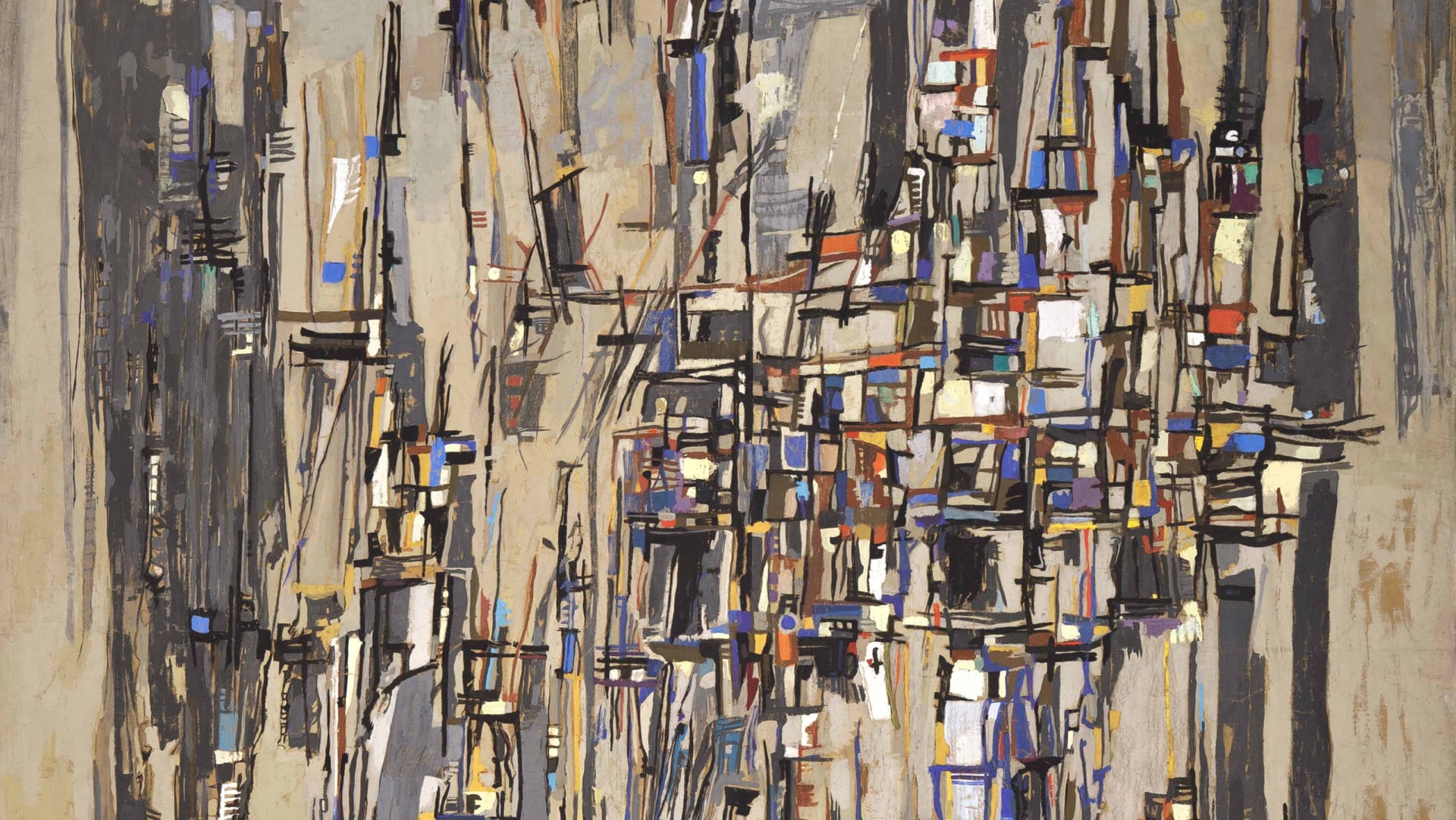Studies for the Basel tapestries
In 1953, Maria Helena Vieira da Silva (1908-1992) was already a well-respected artist, with works in the collections of many major international museums. That year, she submitted four projects to a competition promoted by the University of Basel, the aim of which was to create two tapestries for the auditorium of that institution. Although she won the competition, Vieira da Silva did not, in the end, pursue any of the projects, but she did create two cartoons with the help of a group of Fine Art students from the university. These new patterns for the tapestries led the artist to spend long periods in Basel, staying at the Hôtel du Mont-Blanc.

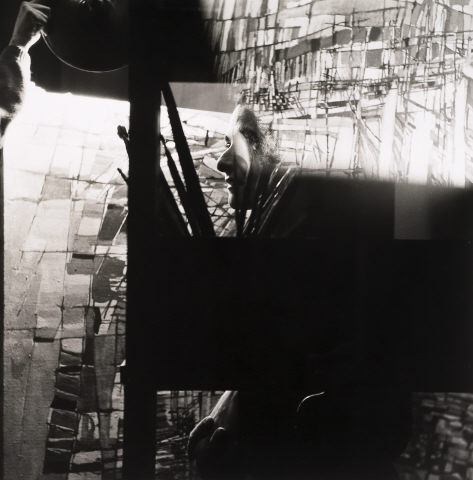
Both the initial studies and the cartoons used as a template were made to the same dimensions as the tapestries themselves (5 metres high by 3.5 metres wide), which was the only way to give the embroiderers a precise idea of the scale to which they should work. To be able to create cartoons of this dimension, Vieira da Silva used Kraft paper and tempera, a technique with which the artist did not have much experience at that time, but one that she would explore further in later years. Unlike watercolour, with which Vieira was more accustomed to working, tempera keeps the same tone when dry as when it is applied. With such a large-scale work, this made it easier to achieve a real idea of the final colours. Henri Sennelier, of the famous purveyor of art materials, Sennelier, ‘(…) supplied Vieira with tubes with an unusual capacity, 250ml of paint; this kind of tube was used at the time by milkmen to store condensed milk.’[1] In letters to her husband, Arpad Szenes, Vieira da Silva kept him abreast of the development of the cartoons, admitting that she was enthusiastic about the process.[2]
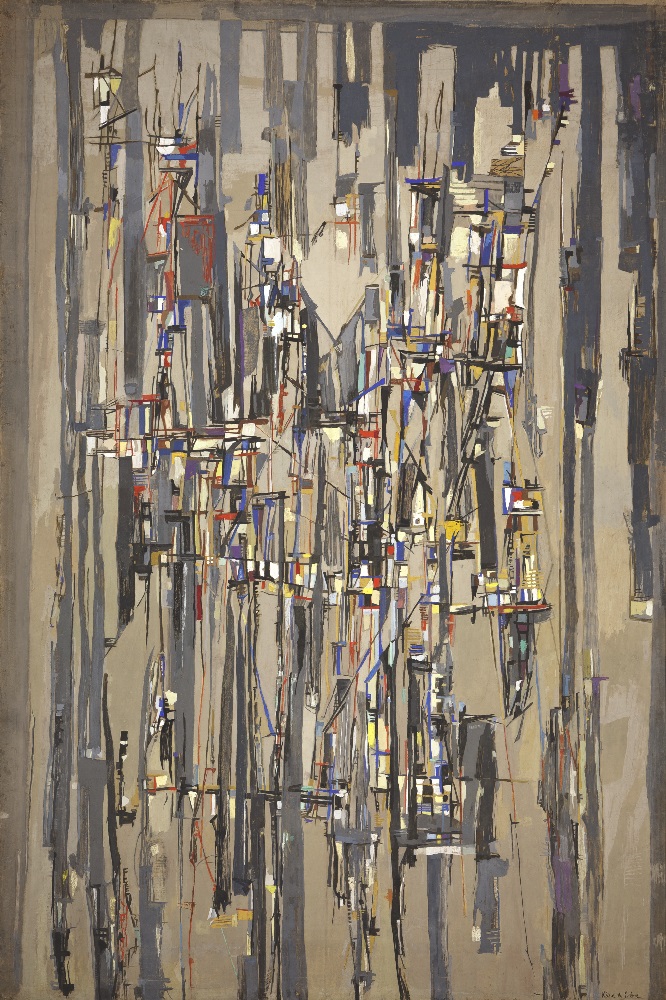
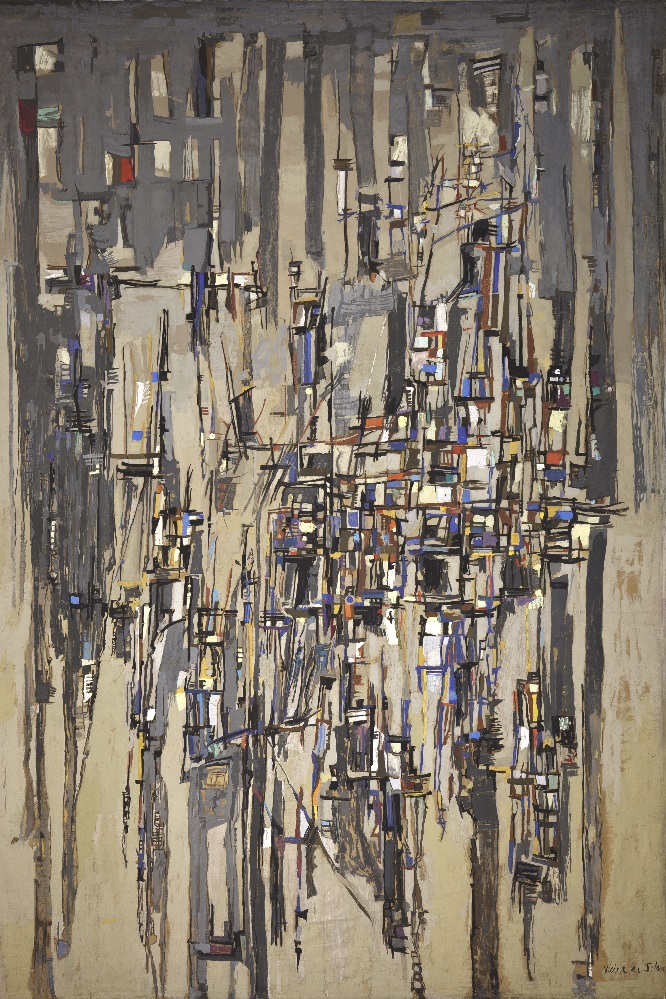
Once the cartoons were finished, Vieira da Silva spent less time in the Swiss city, visiting only sporadically to follow the progress of the embroidery. Seventy-eight women, wives of the university professors, spent five and a half years, around 6,300 hours, embroidering the two tapestries, under the guidance of the weaver Marthe Guggenbühl. Among other materials, the embroiderers used goat hair to give the white sections a sheen. In 1960, the tapestries were presented to the public at the celebration of the fifth centenary of the University of Basel. The ceremony was broadcast on Swiss television, a recording in which Vieira da Silva can be seen being thanked with a bouquet of flowers.
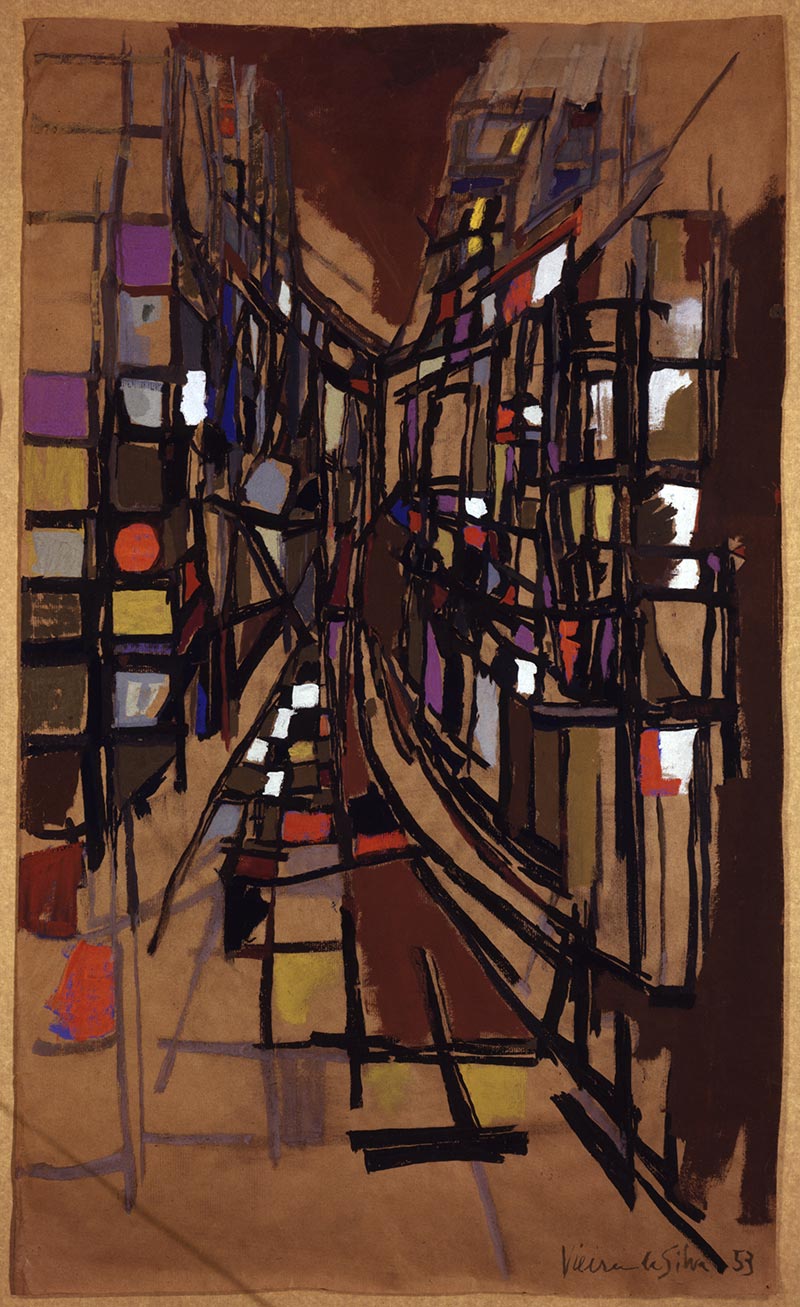
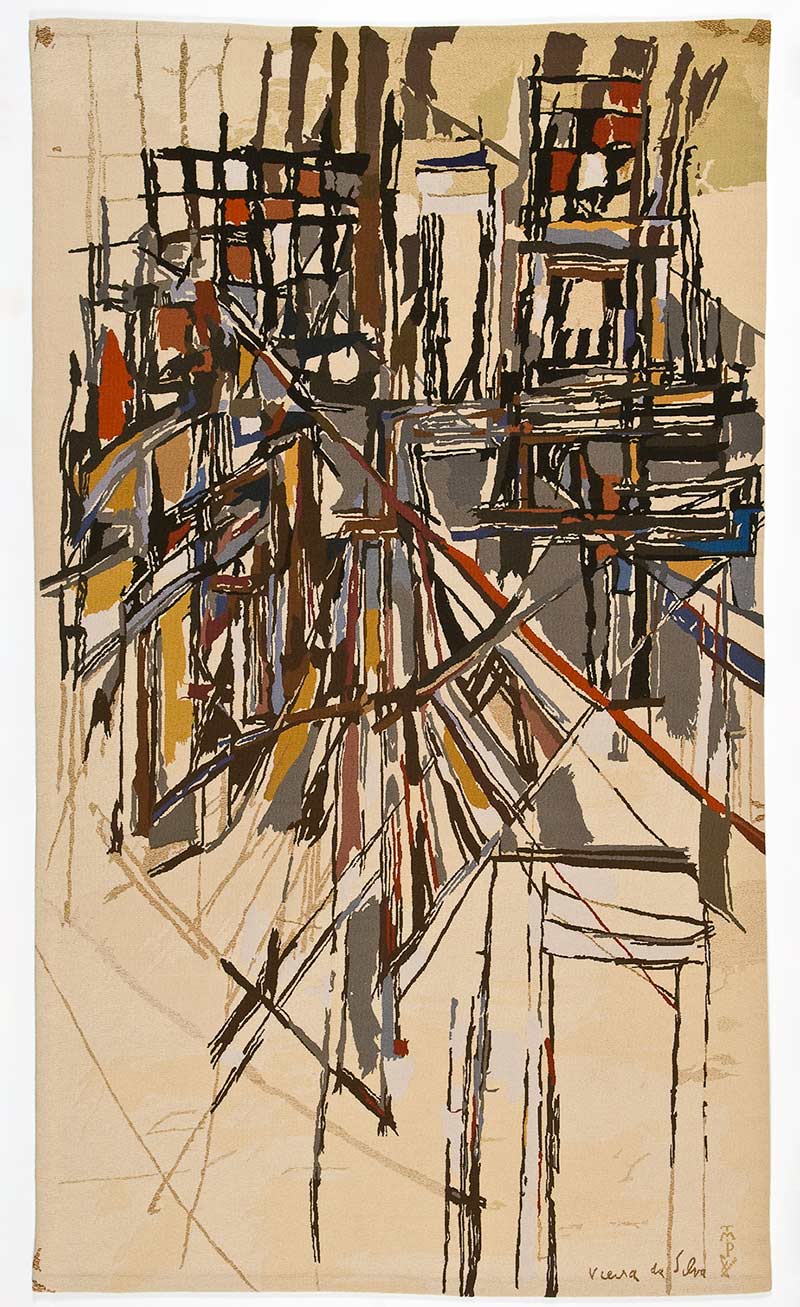
Two of the initial studies were incorporated in the CAM Collection as a result of a donation from the renowned collector Jorge de Brito. These two large-scale works now have a made-to-measure space to house them in the CAM’s storage area. In 1979, the Tapeçarias de Portalegre manufacture, with which Vieira da Silva regularly worked, produced the tapestry Ante-Projecto Bâle from another of the initial studies she made for the Basel competition. The tapestry was acquired by the Foundation soon after it was completed, in 1981, and is still part of the CAM Collection.
[1] Agnés Le Gac (coord.) ‘Por dentro da obra. A técnica da têmpera na obra de Vieira da Silva’, p. 11.
[2] ‘Escrita Íntima. Maria Helena Vieira da Silva e Arpad Szenes. Correspondência 1932-1961’, INCM: FASVS, 2014.

